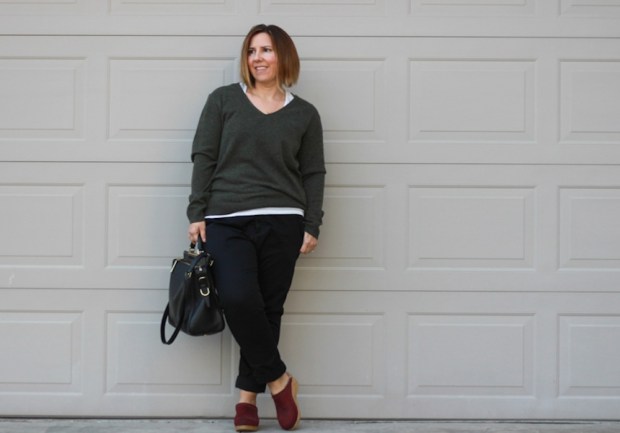What Cashmere Teaches Retailers About Getting The Right Insight From Data

Apart from liking cashmere on cold days, the majority of people don’t think much about it. Some is softer, some is more expensive and it may, or may not, come from a cashmere goat. But these are the sorts of details that escape a consumer on the hunt for a new hat, scarf or sweater. They just want to buy the softest cashmere at the best price, right?
Wrong.
Cashmere is actually a very diverse product, and its softness and overall quality are actually dependent on a variety of factors that human beings have been toying with for the better part of 5,000 years. .
It starts with the goats, which are born and bred all over the world: Mongolia, China, Australia and Pakistan. And the quality of the fur depends greatly on how the goat was raised and where on the goat it came from. Grade A cashmere is made with fibers that are long and under 15 microns thin. “Thicker” fibers of 16 microns and up get categorized into Grade B and C. But it’s not just the quality of the fur; the washing process is actually what makes cashmere soft. Overwashed cashmere will feel incredibly soft no matter what grade of goat was used, but it will quickly pill up because the fibers are damaged.
“Really soft cashmere does well out of the gate because people touch it and fall in love with it,” Michael Preysman, CEO and founder of Everlane, explained in a recent interview. “But then, a few weeks later, it all falls apart.”
“Long, thin cashmere creates yarn that is stronger and that does not pill as easily. A single goat will have many grades on it. It all depends on where you get it on the goat.”
Presyman know his cashmere and wants his customers to know it better so they buy good stuff and get a good price.
This is in line with Everlane’s secret sauce as a fashion retailer competing in the wilds of eCommerce: transparency. When the site launched in 2011, it didn’t just show customers the price of the item but the price of the item all through the supply chain, including the cost of materials, labor and import duties.
“We wanted to help the customer understand where we were coming from,” Preysman said. “People hadn’t really seen anything like it before.”
But offering consumers data about the price of materials means opening up a black box full of raw goods that are constantly shifting in price. Material like cotton cashmere is traded on an international commodity market with prices that fluctuate wildly depending on harvest (and other supply issues) and customer demand. And the price of cashmere is falling.
So, Everlane is using its data — and the fact that it is open about its data — to show customers it is dropping the price of cashmere because the raw fibers don’t command the price they used to. When cashmere first appeared on the site in 2012, a sweater went for about $120; these days, it clocks in at $100.
That doesn’t turn it into a free good or even a necessarily inexpensive one. There are much more expensive pieces of cashmere in the market but also some of lower cost readily available. But Everlane is betting that consumers who want cashmere actually want good cashmere, and opening up the entire product cycle to them helps them understand how they are achieving it.
Everlane, which sources its yarn in Mongolia, only uses Grade A cashmere, but it manufactures its clothes in China, as opposed to the well-known and well-regarded (but costly) centers for cashmere manufacture in Scotland and Italy.
But the highest end cashmere sales have been in decline of late, along with the rest of sales in luxury goods, which has been one factor bringing down the price of cashmere for the last few years. There has also been an excess in cashmere supply, and excess supply tends to rapidly drive commodity prices down.
“Cashmere prices vary quite a lot, much more than cotton,” he said. “Sometimes, it goes up, and when it does, retailers raise their prices. Sometimes, it goes down. But when that happens, retailers almost never lower their prices; they just keep the extra profit.”
And he noted that this is just the beginning because the goal is to make all pricing based on market conditions.
“For what it’s worth, when the price goes up, we will raise our pricing, too,” he said.
Everlane’s strategy is not without risk. Dropping prices only to increase them later could easily anger shoppers. But Everlane is making a bet that consumers are more knowledgable than ever and looking for value, not just cheapness.
And the best way to demonstrate that value is to make the price — and why the consumer is paying it — as open to the customer as it is to Everlane when it is setting its prices.
Customers are smart, Presyman observed. They just don’t like the feeling that companies would rather overcharge them then just be honest.
